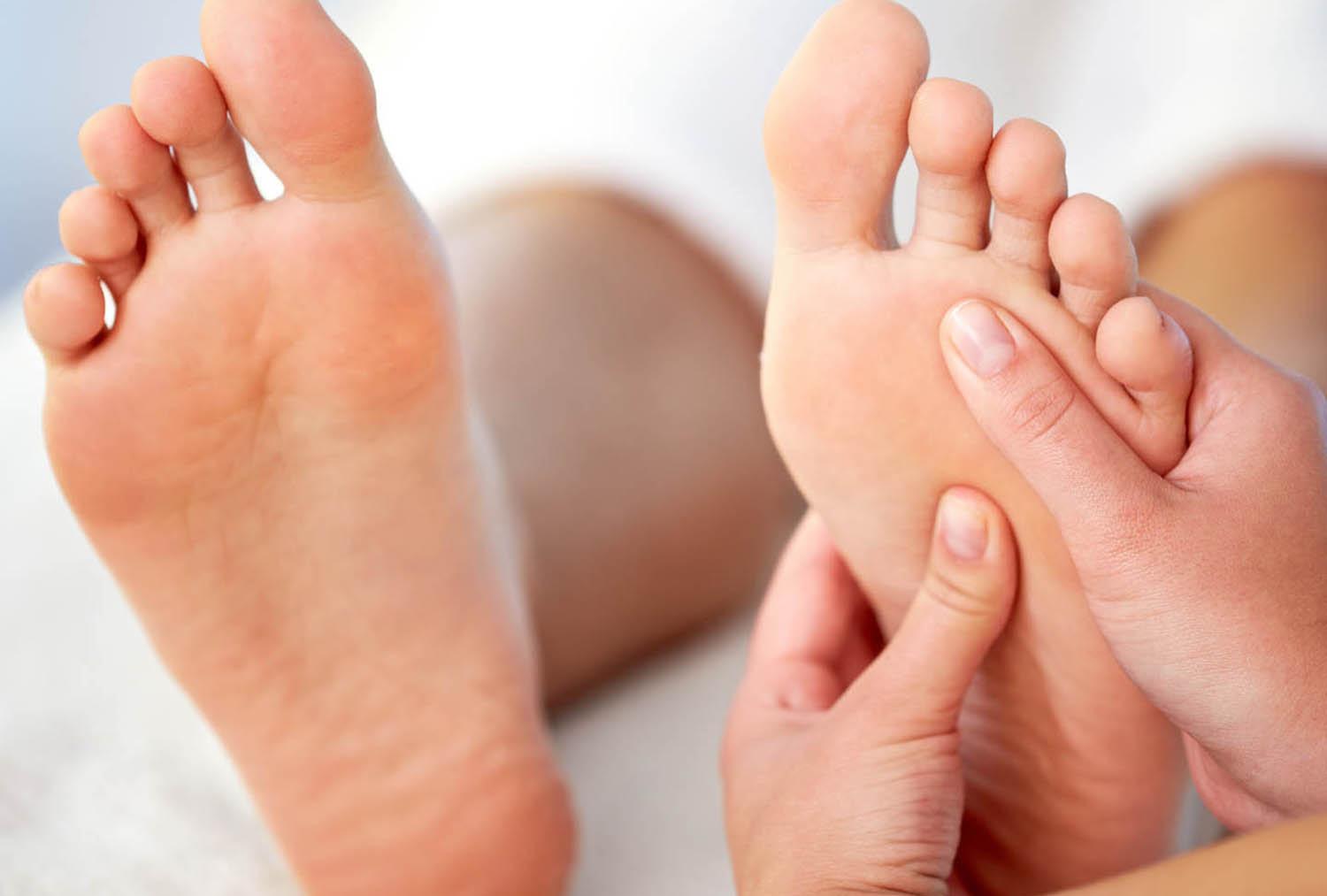
2 minute read
Not So New Age Therapy
by Pat Mrozek
By eating healthy and utilizing many of the healing arts regularly, we can help our bodies stay in excellent health as we travel through this journey of life. When we think about the areas that we need to support ourselves in, we are talking about mind, body, and spirit. Many of us are aware of the benefits of chiropractic services, massage therapy, Yoga, etc. In this article, I would like to explain another of the many ancient healing arts.
Advertisement
This would be Reflexology.
What is Reflexology? “Reflexology is the science which deals with the principle that there are reflex areas in the feet and hands relative to every organ, gland, and part of the body.” Stimulating these reflex areas properly can help us naturally maintain health. In “The Body Talks” method, there is an acknowledgment that emotions are stressed in organs, glands, and other parts of the body.
The bottoms of the feet contain over 7000 nerve endings. These nerve pathways connect with the 31 pairs of spinal nerves that support all functions within the body. Because of the feet and hands being so far from the heart, congestion can build up in these areas. When we do Reflexology on the feet, the impact can be felt viscerally up in the body a long distance from the feet.
What is the history of Reflexology? The use of reflexology dates to about 2330 BC in Egypt. Wall paintings in the tomb of Ankhmahor, early 6th Dynasty, were found of people performing Reflexology. Ankhmahor was the highest official
after the King of Saqqara. The tomb is known as the Physicians Tomb. The translation in the tomb read, “Don’t Hurt Me.” The Practitioner replies, “I SHALL ACT SO YOU PRAISE ME.” It is also believed that it has ties back to ancient Chinese healing that includes work with the meridians of the body. Chinese acupuncture recognizes 12 meridians, and Reflexology recognizes ten zones.
How does Reflexology differ from massage therapy? Reflexology is NOT massage. They are two standalone practices. Massage therapy works with muscles. Reflexology works with reflexes in the hands and feet. What are the benefits of Reflexology?
The benefits of Reflexology are three-fold:
Increases circulation and releases stress and tension;
Improves nerve and blood supply, and
Helps to normalize or balance body functions. It is interesting to note that some clients experience changes in their bodies during their sessions and then experience additional or continued benefits following their reflexology sessions.
Have there been any studies done offering evidence that Reflexology can be a complementary therapy to conventional treatments? Michigan State University, partnering with the National Institution of Health and the Branch Reflexology Institute, conducted one of the largest studies done with breast cancer patients. For more information, go to BranchReflexology.com.









